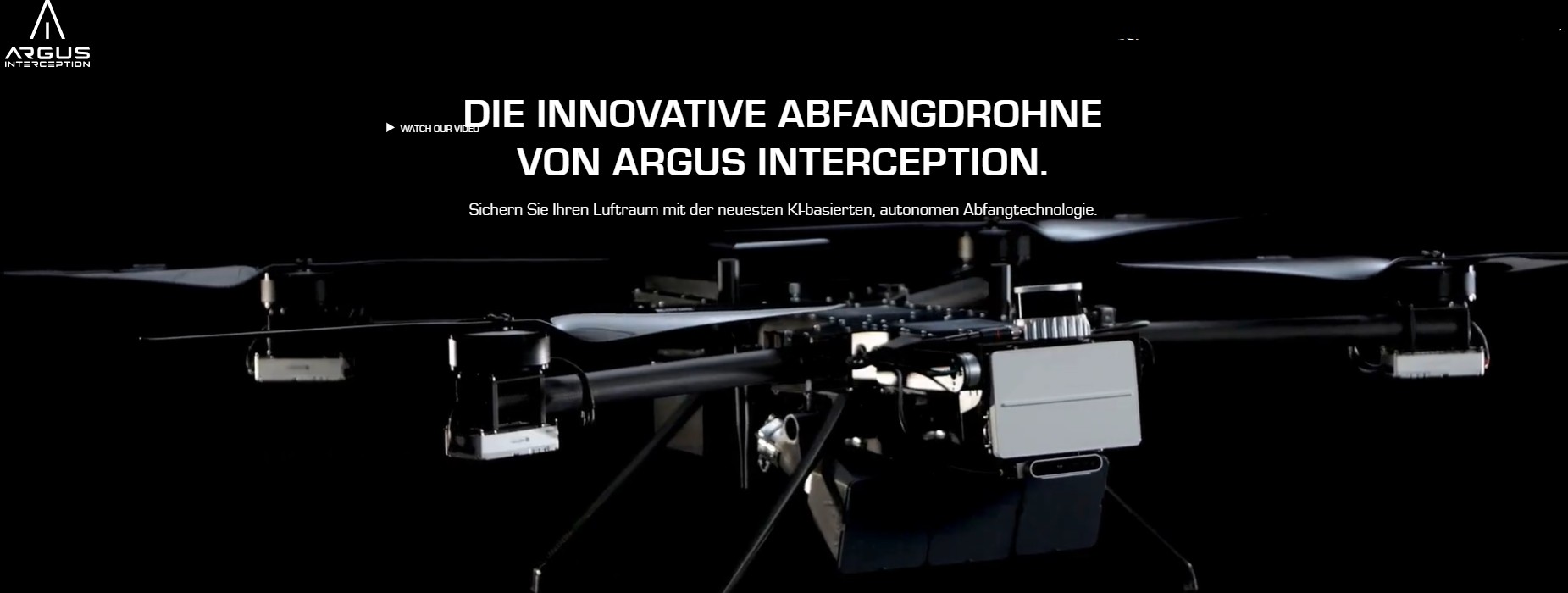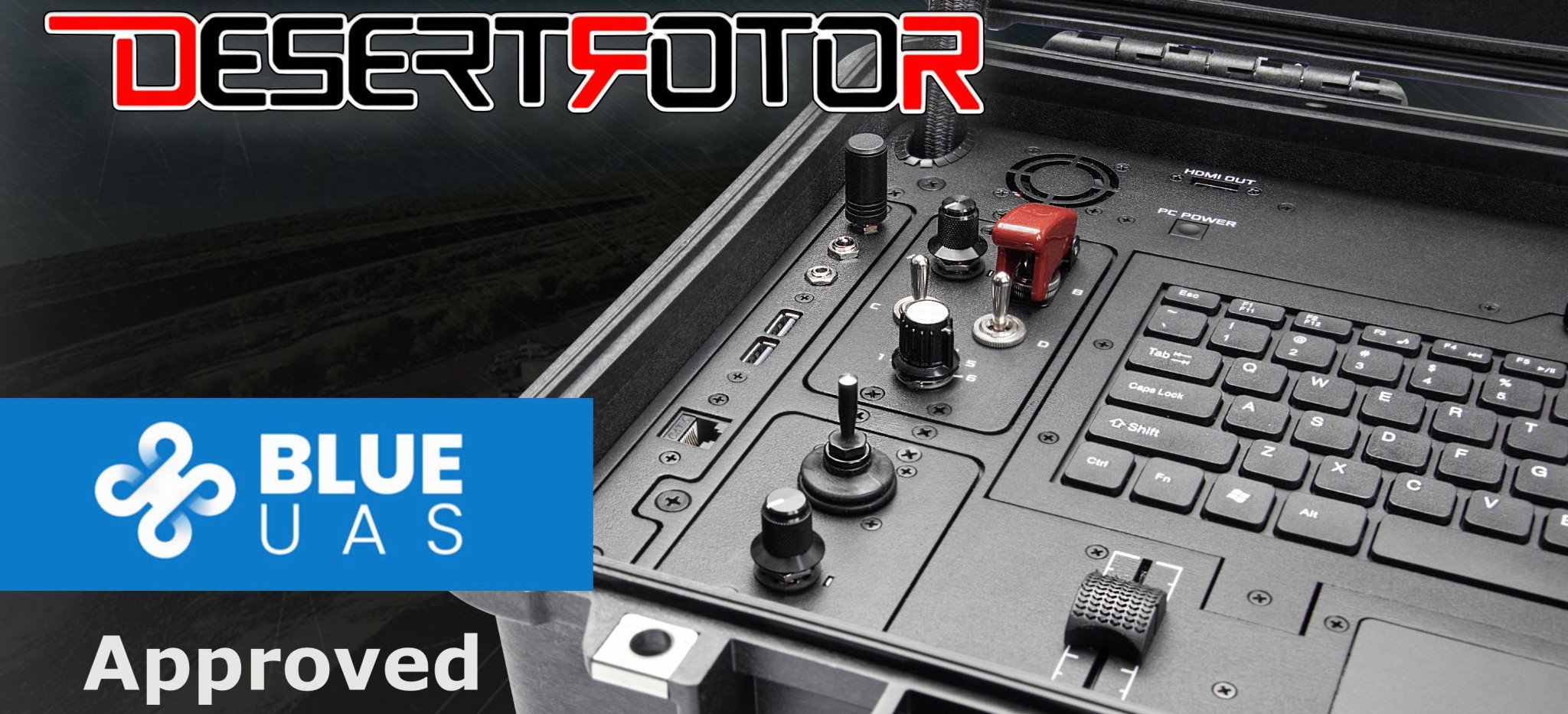Kea Aerospace and the Race to the Stratosphere

In the vast skies over New Zealand, a drone is doing something remarkable: flying not just over cities and fields, but into the stratosphere,powered by nothing more than sunlight. This solar-powered unmanned aircraft,built by Christ church-based Kea Aerospace, has just completed a break through test flight, offering a glimpse into a future where drones can stay aloft for months, gathering critical environmental data and providing connectivity from the edge of space.
This is the story of Kea Atmos, the ultra-light aircraft aiming to reshape Earth observation, telecommunications, and climate science—one flight at a time.
Why the Stratosphere?
Most drones operate a few hundred meters above the ground. Satellites, on the other hand, orbit hundreds of kilometers away. The stratosphere,12 to 50 kilometers above Earth, offers a unique sweet spot—high enough for vast visibility and coverage, yet low enough for detailed, real-time imaging.
Known as a High-Altitude Platform Station (HAPS), a stratospheric drone like Kea Atmos can hover over one area for weeks or even months, performing tasks that satellites or low-altitude drones can’t do as effectively or economically.
Introducing Kea Aerospace
Founded in 2018, Kea Aerospace is led by entrepreneur and space enthusiast Mark Rocket—the first New Zealander to book a Virgin Galactic space flight. The company’s flagship drone, the Kea Atmos, is built with a single purpose: provide long-duration, solar-powered stratospheric flights for environmental monitoring, disaster response, and connectivity.
After years of development and testing, the company has now reached a milestone: successful flight into the stratosphere, marking one of the most significant aerospace achievements from the Southern Hemisphere in recent memory.
The Kea Atmos: A Solar Marvel
With a wingspan exceeding 30 meters and a weight optimized with carbon-fiber composites, the Kea Atmos looks more like a glider than a typical drone. But packed inside is tech:
- Solar Cells: Integrated across the wings to capture sunlight throughout theday.
- Battery Storage: Stores energy to keep the drone aloft through the night.
- Autonomous Navigation: AI-based systems allow the drone to fly, adjust, and respond independently.
- Modular Payloads: Can carry a variety of sensors—cameras, air quality monitors, or communication relays.
This design allows the drone to fly at 20 kilometers altitude for weeks at a time, collecting real-time data and sending it to ground stations below.
The Flight That Changed Everything
In early 2025, the Kea Atmos successfully launched from a test site in New Zealand and climbed into the stratosphere, reaching its target altitude and maintaining stable flight for over eight hours. While still short of its eventual multi-week goal, the flight confirmed the aircraft’s ability to:
- Generate and store solar energy effectively
- Navigate stratospheric winds and turbulence
- Transmit live data from extreme altitudes
It’s a milestone that moves Kea from concept to serious contender in the global drone industry.
What Can It Do?
The possibilities for Kea Atmos go far beyond science fiction. Here’s where it can make a difference:
🌿 Environmental Monitoring
Track deforestation, glacier retreat, air pollution, and more. Unlike satellites, Kea Atmos can hover over areas for detailed,continuous monitoring.
🛰 Satellite Alternative
Operate as a “pseudo-satellite”, providing data and communication services without the cost or risk of orbital launch.
📡 Emergency Connectivity
After natural disasters or in remote regions, the drone can act as a temporary cell tower or internet provider.
🌾 Smart Agriculture
With multispectral cameras, farmers can monitor crop health and optimize irrigation across large agricultural zones.
Why It’s Better Than Satellites (Sometimes)
Satellites are expensive to launch and limited inflexibility. In contrast, Kea Atmos offers
- Lowercost per mission
- Swappable sensors for different tasks
- Immediate deployment
- No orbital debris or fuel emissions
While it won't replace satellites, Kea Atmos could complement them—especially for regional, time-sensitive missions.

%20(1).jpg)


